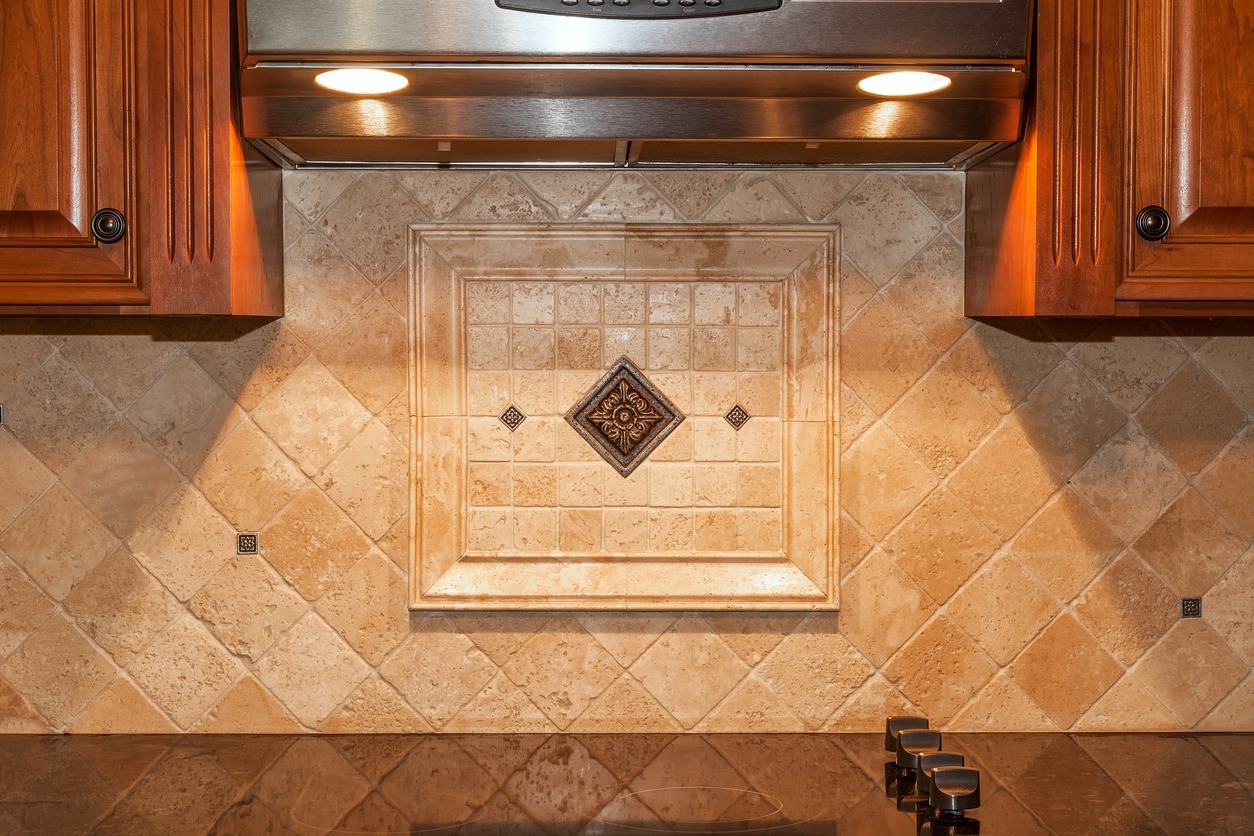Travertine tiles have been used for centuries and are now again becoming a popular option for renovation projects. Travertine is a type of limestone that is commonly used in flooring, countertops, and other applications for both residential and commercial settings. Travertine is a natural stone that forms when water interacts with minerals in the ground, leaving behind deposits of calcium carbonate. There are many reasons why travertine tile is a great choice for your home. In this blog post, we will discuss the benefits of using premium tile grout, and of course, travertine tiles and provide you with everything you need to know about travertine tiles before making a purchase!
What are travertine tiles and where do they come from?
Travertine is a type of limestone that forms in hot springs or caves. It is characterized by its distinctive, porous surface and is commonly used in construction, especially as flooring or wall cladding.
The word “travertine” comes from the Latin word for “crossing point,” referring to the fact that travertine was often used as a paving material in ancient Rome. Travertine is still quarried in Italy, Turkey, and other countries around the world. It has become increasingly popular in recent years as an eco-friendly alternative to marble or granite.
Different types of travertine tiles are available on the market today
There are a few different types of travertine tiles available on the market today. The most common type is tumbled travertine, which has a smooth and rounded surface. Another popular type is the honed travertine, which has a more matte finish. Both of these types of travertine are very durable and easy to maintain.
If you’re looking for something with a bit more texture, brushed and chiseled travertine are also options. Brushed tiles have been given a textured finish by wire brushes, while chiseled tiles have been hand-chiseled to create an uneven surface. These types of travertine can add visual interest to any space, but they may require more maintenance than other types of travertine.
The many benefits of using travertine tiles in your home
There are many benefits of using travertine tiles in your home. Travertine is a natural stone that is incredibly durable and long-lasting. It is also heat resistant, making it an ideal choice for floors, countertops, and other areas where there is potential for heat exposure. Travertine is also very easy to clean and maintain, so you can keep your floors and surfaces looking like new with very little effort.
In addition to its durability and easy maintenance, travertine has a beautiful natural appearance that can add elegance and refinement to any home. Travertine tiles come in a variety of colors and finishes, so you can easily find the perfect look to match your décor.
Are there any disadvantages to using travertine tiles?
There are some disadvantages to using travertine tiles. For one, they can be quite expensive. Additionally, travertine is a relatively soft stone, so it can scratch or chip more easily than harder options like granite or marble. Travertine also tends to stain more easily than other materials. However, if you take proper care of your travertine tile flooring, these disadvantages should not be deal-breakers.
How to care for and clean travertine tiles so that they last longer?
There are a few things you can do to ensure that your travertine tiles last as long as possible. First, make sure to regularly sweep or vacuum the floor to remove any dirt or debris. Second, mopping with a mild soap and water solution can also help keep the tiles clean. Third, if you notice any spills or stains, be sure to clean them up right away – letting them sit can cause damage to the tile. Finally, have your travertine professionally sealed every few years to protect it from wear and tear.
The different installation methods for travertine tiles
The dry-set method is the quickest and easiest installation method. With this method, you simply set the tile in place without using any mortar or grout. Since there’s no adhesive holding the tile in place, this method is not recommended for areas that will experience a lot of foot traffic or for wet areas like bathrooms and kitchens.
The mortared method is more labor intensive but results in a stronger bond between the tile and the surface below. To install travertine tiles using this method, you’ll need to spread mortar on the surface and then set the tile in place. Once the tile is set, you’ll need to wait for the mortar to dry completely before grouting the joints between the tiles.
The grouted method is similar to the mortared method but requires an additional step of filling in the joints between the tiles with grout. This method results in a strong bond between the tile and the surface below as well as a smooth, finished look. To install travertine tiles using this method, you’ll need to spread mortar on the surface and then set the tile in place. Once the tile is set, you’ll need to wait for the mortar to dry completely before grouting the joints.

